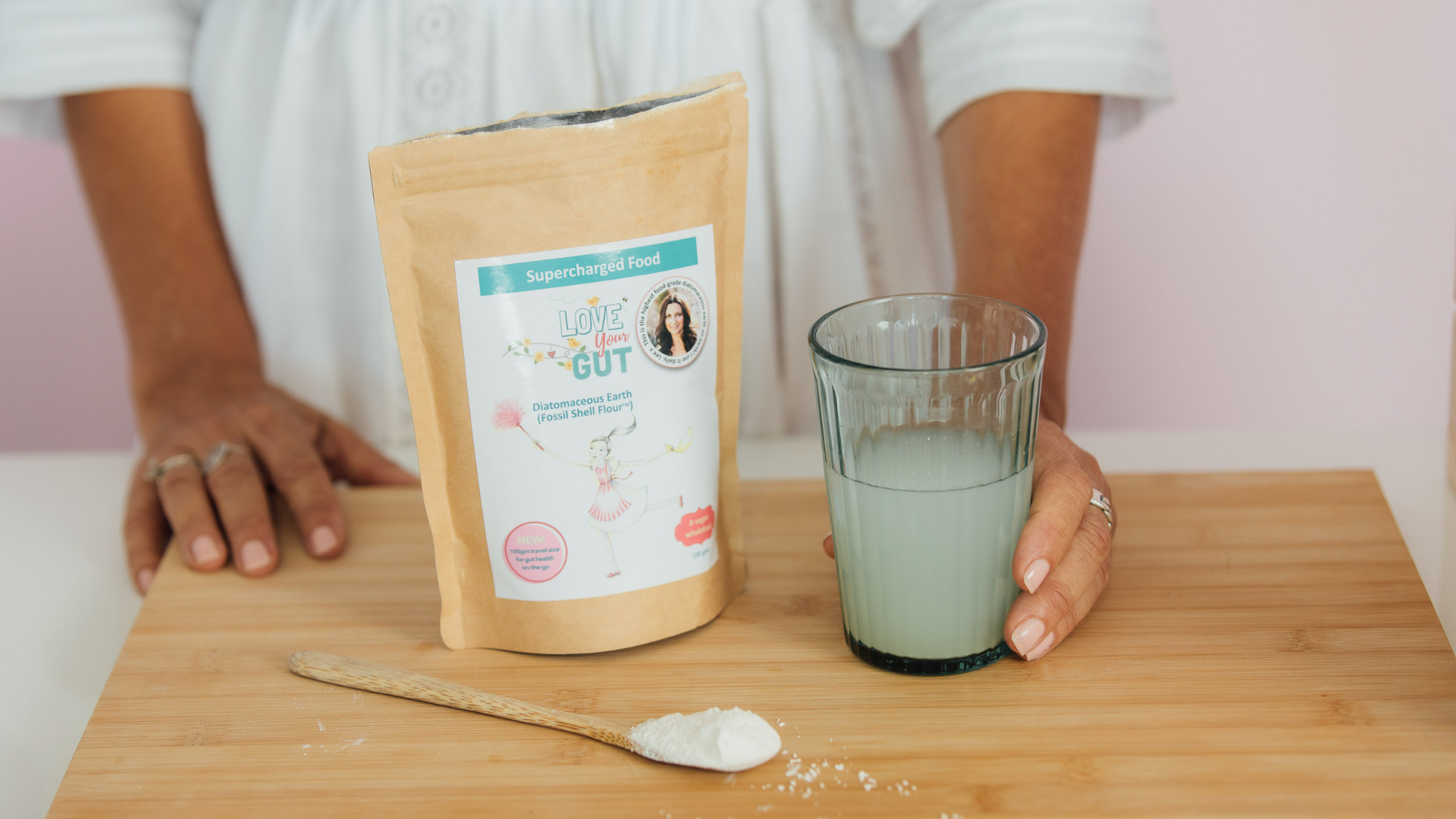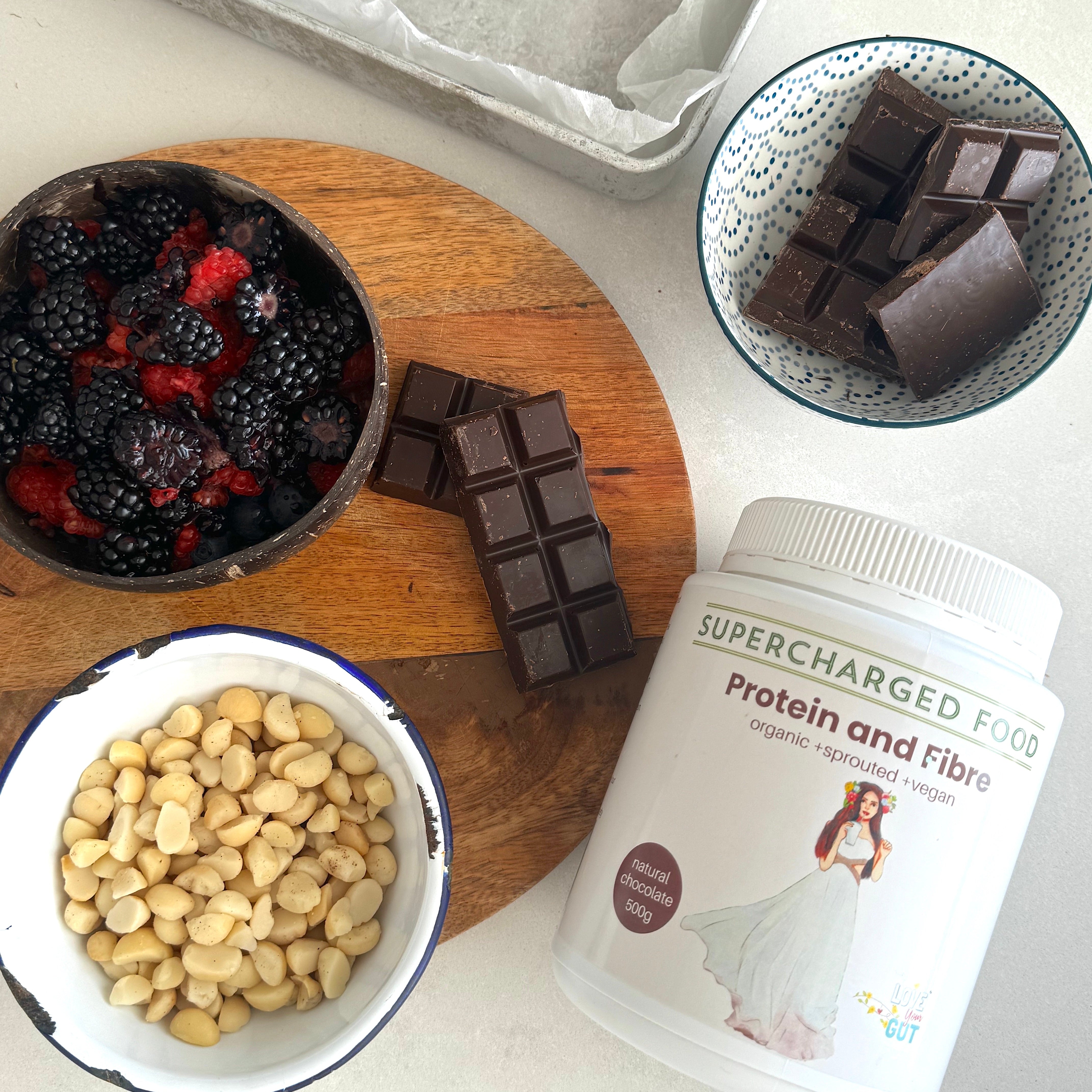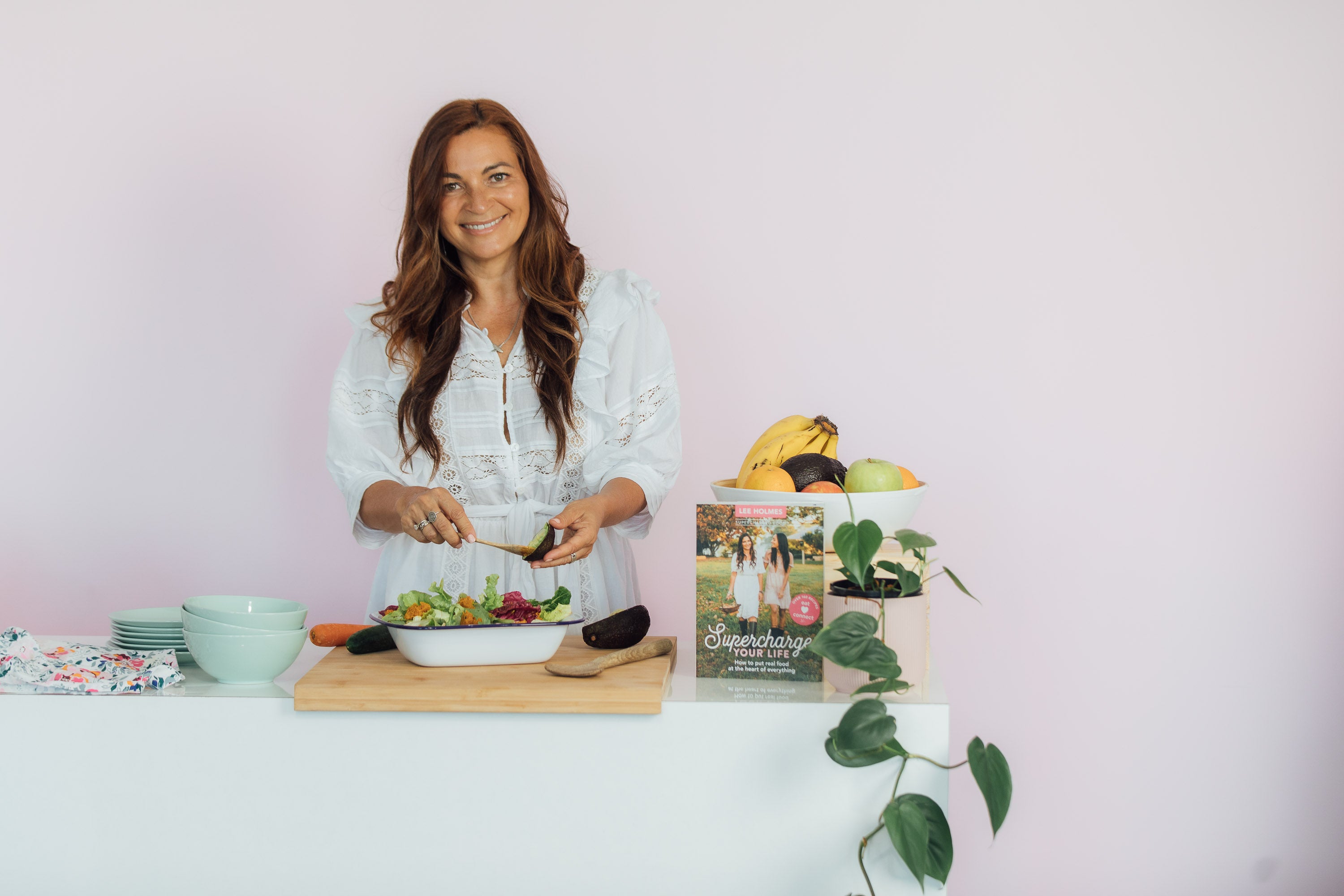Bloating! Such a pain, literally. Let’s do something about it in this week’s article.
We asked Lee (clinical nutritionist), for some of the bloat culprits. Reducing or taking these out of your diet will go a long way to beating your bloat.
But before the list, a shameless plug…that’ll gently unplug the gas from your system. It’s none other than Love Your Gut diatomaceous earth powder and capsules.
A clean gut is best placed to do its job of debloating and ridding your body of waste. And cleaning your gut is the job of Love Your Gut diatomaceous earth powder and capsules.

De-Gass with DE (Diatomaceous Earth)
1) Nut Milks
A great deal of supermarket varieties of almond milk contain the thickening agent carrageenan, which is derived from seaweed and has been linked to gastrointestinal issues such as ulcers. Homemade almond milk is your bloating’s best friend choice and it’s so simple you see my recipe here).
2) Onions
Many people have trouble digesting onions, especially when eaten raw. Eating onions causes the formation of gas in your digestive tract, which can make you belch, bloat, feel discomfort in your stomach, and have flatulence. To limit this, enjoy smaller quantities of well-cooked onions or substitute with spices or herbs such as asafoetida, and the green part of the spring onion to add flavor to dishes.
3) Muesli Bars
Many common “healthy” snack bars include protein isolate, which is derived from soybeans, a common gas-inducing culprit. Read the label to ensure any protein you are getting from these bars comes from the nuts/seeds themselves, not soy-derived ingredients. Or try my Supercharged Breakfast Bars here.
4) Lentils
Lentils contain high levels of fibre, indigestible sugars called oligosaccharides and phytic acid which may lead to bloating. Soaking lentils in plenty of cold water with some added lemon juice or vinegar overnight could significantly reduce their phytate levels, helping to lower their potential for bloating. Once the lentils have been soaked, rinse them thoroughly with filtered water before cooking them well.
5) Chewing Gum:
Sugarless varieties of chewing gum typically contain sorbitol, a sugar alcohol notorious for causing digestive distress. Read the labels to check that any gum if you do consume it is sorbitol-free.
6) Canned Soup
When looking to lose weight, it’s common for many of us to turn to soup. However, canned soups generally contain high sodium levels, which may lead to water retention and temporary bloating.
Try making a large batch of homemade soup. On Lee’s Supercharged Food blog you’ll find plenty of healthy and simple recipes to experiment with. Ones you can create over the weekend, and then freeze it to last you throughout the week.
7) Dried Fruit:
Dried fruit has a very high fructose (natural sugar) content, which those with a sensitive stomach can find difficult to digest and which can ferment in the stomach, causing bloating and gas. Fresh citrus fruits and berries are lower fructose fruit options.
8) Pro-inflammatory fats:
Examples of pro-inflammatory fats include salami, bacon and other processed meats, corn, soybean, and sunflower oils.
There are three types of dietary fat that can be difficult for some people to digest, and linked with inflammation, possibly contributing to belly fat.
Trans fats (or partially hydrogenated oils)
Saturated fats (found in animal products such as red meat)
Omega-6 fats (found mainly in vegetable oils, poultry, nuts, and wheat).
Despite Omega-6 fats being necessary for overall good health, most of us consume too many omega-6 fatty acids in proportion to omega-3s, and this imbalance can cause inflammation and stomach upset.
Good sources of Omega-3 fatty acids include flaxseed oil, wild-caught salmon, and chia seeds. Try Lee’s chia and flaxseed loaf here.
9) Brussels Sprouts, Cabbage and Kale
These vegetables are all high in fructans, which, are poorly digested in the gut and can ferment in the stomach. Those with a sensitive stomach, and especially those with a fructose mal-absorption issue may experience a broad range of symptoms, including abdominal pain and discomfort, bloating, changes in bowel habits, heartburn, nausea and over fullness.
Other symptoms include excessive wind, a noisy abdomen and pain in the rectum. Avoid consuming these vegetables raw. Eat them very well steamed and/or fermented for optimal nutrient absorption and digestion.
10) Other High-fructan foods
Examples of foods high in fructans include wheat, barley, rye, inulin, dates, grapefruit, stone fruits, many beans, artichokes, garlic and certain vegetables.
Fructans are a type of fibre and are therefore beneficial to our digestion (maintaining regular bowel movements) and overall health. However, as these fibres are by definition indigestible by the human body, they can cause flatulence depending on the bacteria of your gut.
If you experience excessive bloating after consuming high-fructan foods, then it might be beneficial to limit your servings, and to include only one source of high-fructan food (to limit your “fructan load”) per meal.
Love,
The Supercharge Your Gut Team







Leave a comment